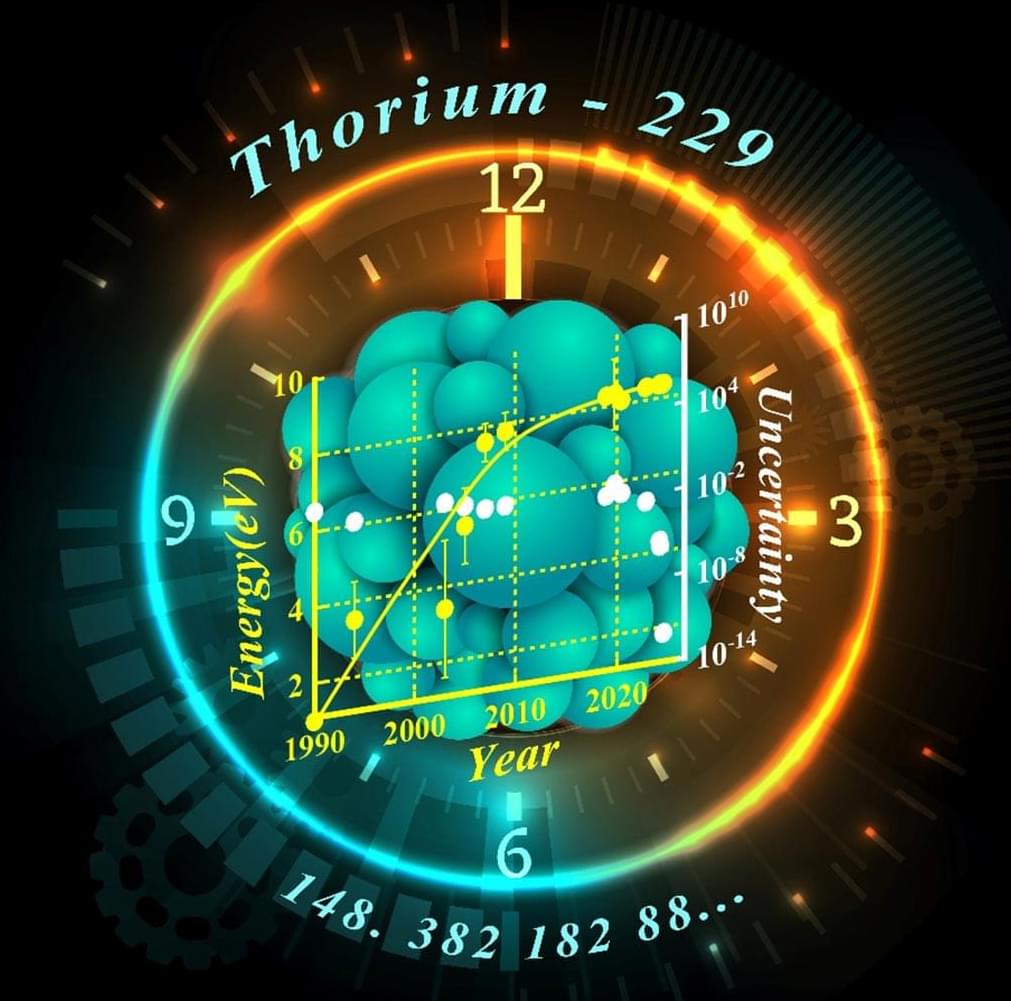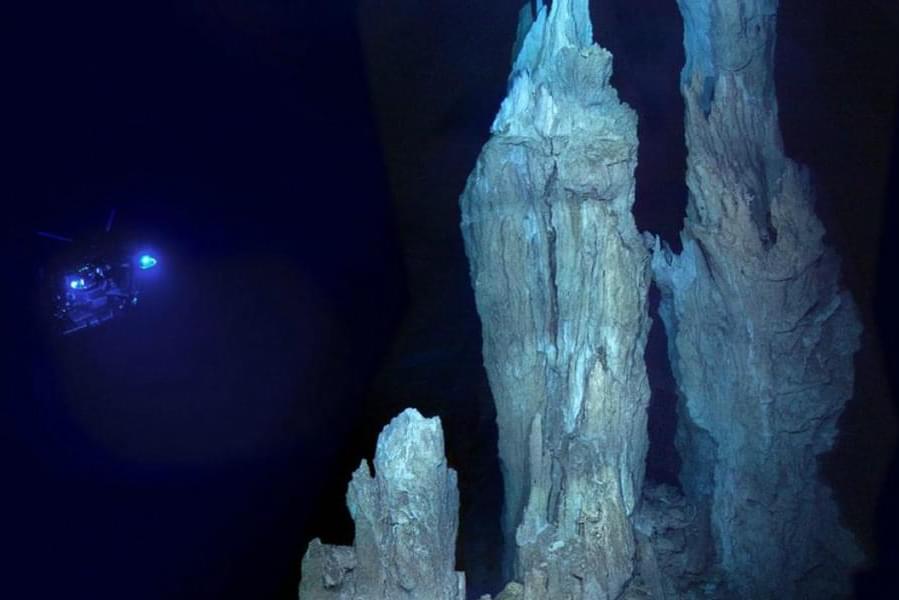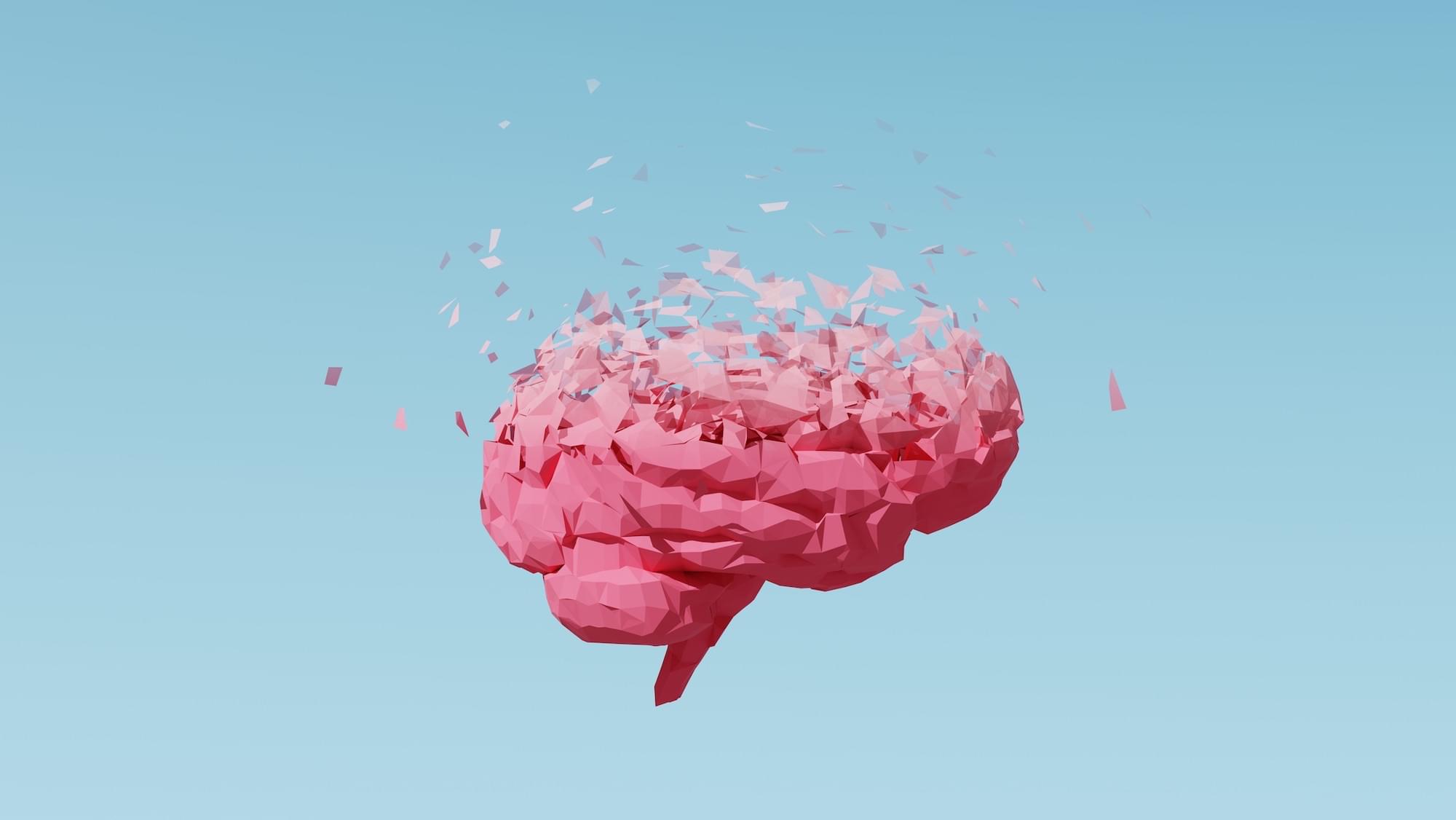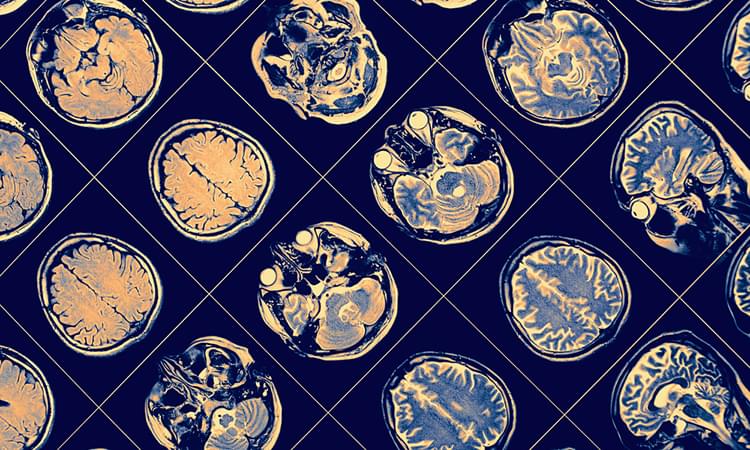A revolutionary timekeeping breakthrough could be on the horizon as scientists explore the thorium-229 nuclear optical clock, an innovation that may surpass today’s atomic clocks.
By manipulating nuclear quantum states with lasers, researchers are pushing the boundaries of precision and stability in time measurement. Though the journey has spanned decades and major technical hurdles remain, recent experimental milestones have brought this futuristic clock closer to reality. If successful, it could reshape our understanding of time and the universe itself.
Pushing the Limits of Timekeeping.








